| The Sultanate of Rum - A Vassal State | ||||
|
The Seljuk sultans bore the brunt of the Crusades and eventually succumbed to the Mongol invasion at the 1243 Battle of Köse Dağ. For the remainder of the 13th century, the Seljuks acted as vassals of the Ilkhanate. Their power disintegrated during the second half of the 13th century. The last of the Seljuk vassal sultans of the Ilkhanate, Mesud II, was murdered in 1308. The dissolution of the Seljuk state left behind many small Anatolian beyliks (Turkish principalities), among them that of the Ottoman dynasty, which eventually conquered the rest and reunited Anatolia to become the Ottoman Empire. (Wikipedia). |
||||
| The Battle of Köse Dağ took place in eastern Anatolia on 26 June 1243 when an army of the Sultanate of Rum, led by Sultan Kaykhusraw II, confronted an invading Mongol army under the general Baiju and was decisively defeated. The battle was the pivotal event of the Mongol conquest of Anatolia: Rum, previously a significant independent power in the eastern Mediterranean, was reduced to the status of a client kingdom, and its territories were later absorbed into the Mongol Ilkhanate. | |||
| 'Izz al-Din Kayka'us II | 643-647 AH | Sole sultan. | |
|
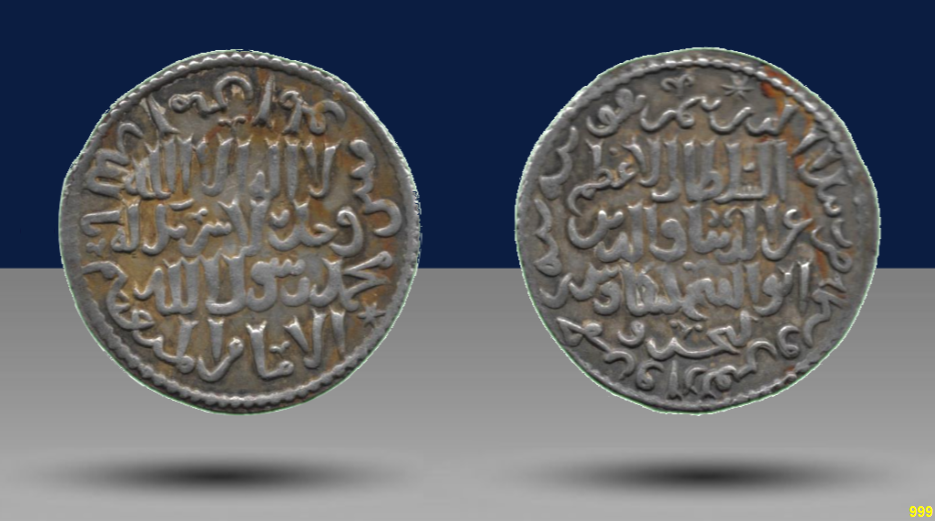 |
||
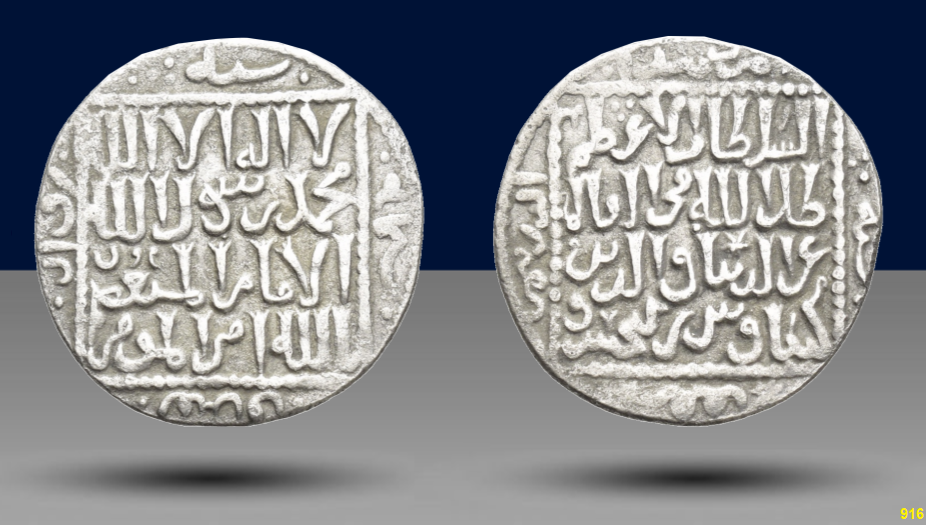 |
|||
| Kayka'us II - as Sultan of the West (First reign divided with QÏLÏCH ARSLAN IV, as sultan of the East). AH Late 646-647 | |||
|
REGENCY OF THE THREE BROTHERS: The Regency set up after the failure of the divided sultanate is conventionally known as the period of the Three Brothers. The coins differ markedly from previous issues in that the ‘kalima’, the caliph’s name and titles, the mint, and the date were all squeezed on to one side with the names of the three sultans given in full on the other. Konya and Sivas continued as the main mints but Kayseri and Malatya were reopened briefly and in 656 a new mint was set up at Lu’lu’a. A series of silver coins with no mint name was also produced and there are a number of roughly engraved pieces in gold and silver from an unknown mint during the second half of the Regency. In general no denomination is stated on the silver coins, but rare silver dinars were minted at Sivas in 648 and 653 and a few silver half dirhams (?) have survived. Gold dinars are known from Konya in 653, perhaps in consequence of the failure of Qïlïch Arslan’s bid for power there. Copper coins in the name of the Three Brothers are very scarce and it seems likely that the ‘Izz al-D§n coins produced for Kay Kâwûs were used throughout this period. In spite of the congestion on the flans, most coins have a symbol above the legend on both dies. The reverse generally has an ‘ea’ but there is a parallel series with ‘et’ from Konya. A third group of Konya coins has two stars instead in 648 and 649. Most obverses have a star above a line except in 647, the first year of issue, when an ‘ea’ is sometimes combined with two stars. There may be a correlation between the three symbols found on the Konya reverses and the fortunes of the three sultans. The ‘ea’ symbol was used consistently at both mints whereas the ‘et’ symbol was used mainly at Konya. The two stars are found only at Konya and only in 648 and 649 but they also appear combined with an ‘ea’ on the obverse in 647 (info.from Broome). |
|||
|
|
|||
| Kayka'us II - as Sultan of the West (Second reign divided with QÏLÏCH ARSLAN IV, | AH655-659/ AD1257-1261 | Although coins in the names of the Three Brothers continued until 657 at Konya, both Kay Kâwûs and Qïlïch Arslan began minting in their own names in 655. Coins in the name of Kay Kâwûs alone began from Ankara, and from a new mint named Gümüspazar (i.e. ‘silver market’). The following year other new mints were opened at Lu’lu’a and Develi. These coins all show the ‘kalima’ and the caliph’s name and give Kay Kâwûs the title of ‘¾ill Allâh f§ al-‘Âlam’ as used at the beginning of his first reign. Sivas also minted a few coins in his name in 656, but unusually, included the name of the month, a practice that began there the previous year for coins in the name of Qïlïch Arslan. Kay Kâwûs’ title was omitted as was the ‘kalima’ but five large sixfoils were placed centrally on the obverse. | |
|
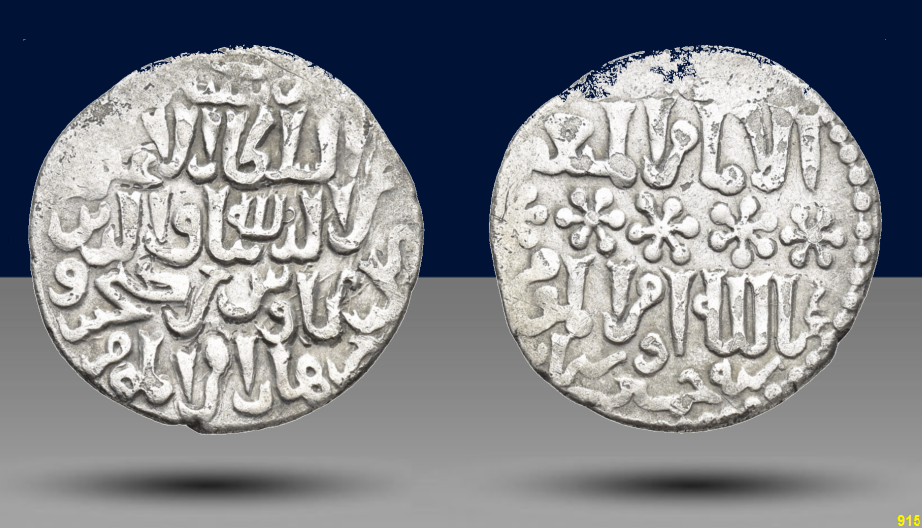 |
||
| Rukn al-Din QÏLÏCH ARSLAN IV, Sultan of the East, 2nd divided reign | AH655-659/ AD1257-1261 | ||
| Kilij Arslan IV | 1249–1266 | ||
|
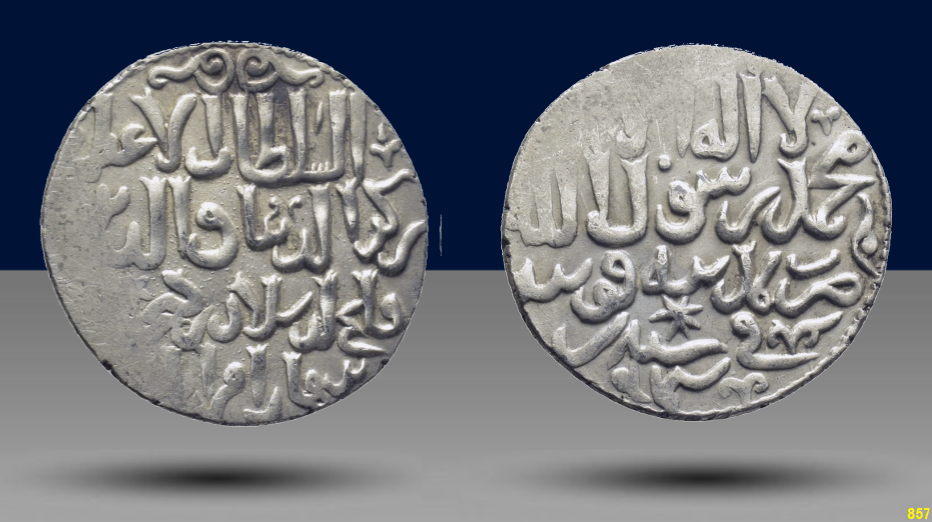 |
||
| 'Ala al-Din Kayqubad II | 1249–1254 | ||
| Giyath al-Din Kaykhusraw III | 1266–1284 | ||
|
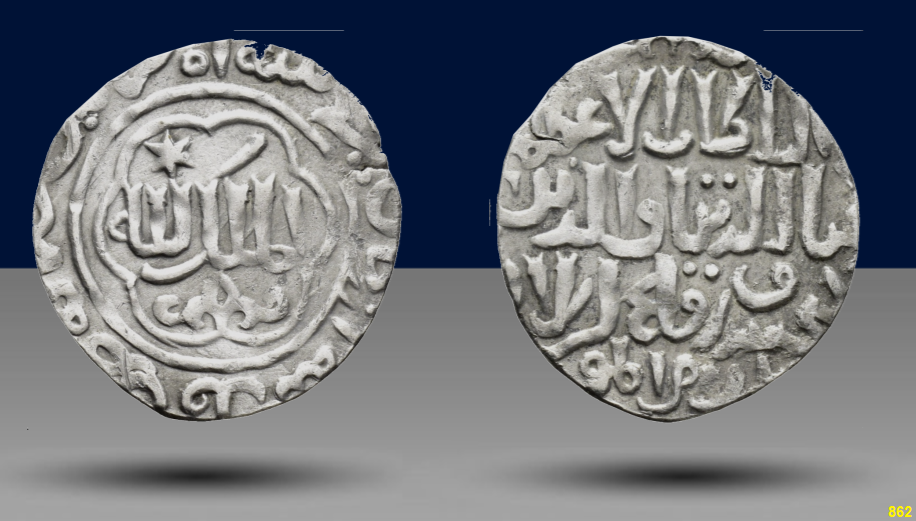 |
||
| The Mamluk Sultan Baybars (1260–1277) established diplomatic ties with various Muslim states, including the remnants of the Seljuk Sultanate of Rum, which had been weakened after the Mongol invasion of Anatolia . Anti-Mongol Strategy: Baybars was a staunch opponent of the Mongols and sought allies in his struggle against them. He corresponded with Seljuk leaders and local Turkish emirs in Anatolia, encouraging resistance against the Mongols. Some Seljuk factions were sympathetic to Baybars' cause, and he tried to organize a coalition against the Mongols. However, due to the Mongols’ control over the region, the Sultanate of Rum was unable to provide significant military aid. Baybars’ Anatolian Campaign In 675 AH (1277 AD), Baybars launched a military campaign into Anatolia. He briefly occupied Kayseri and other key Seljuk cities, presenting himself as a liberator from Mongol rule. However, after his withdrawal, the Mongols reasserted their dominance over the region. In summary, while Baybars and the Sultanate of Rum were not direct allies, they had interactions, especially in the context of resisting Mongol influence. Baybars' brief intervention in Anatolia was an important moment in the declining years of the Seljuk Sultanate of Rum. |
Lion Symbol: Some of Baybars' coins bear the image of a lion, which is believed to be a reference to his name, al-Malik al-Zahir Rukn al-Din Baybars (Baybars means “Lord of the Panthers” or “Panther King” in Turkic). | ||
| Siyavush, rebel at Konya | 1276-1277 |
A pretender to the Sultanate of Rum, promoted by the Turkmen in the chaos after Baybars’ invasion of Mongol-dominated Anatolia in 1277. . The pretender’s formal name, ‘Ala al-Din Siyavush, appears on his few coins, but the sources almost invariably refer to him by the derogatory nickname Jimri, or “the Miser”. Following Baibars' withdrawal from Anatolia, the Mamluks’ Turkmen allies, the Karamanids, were encouraged by their successes against the Mongols and sought their own successor to the Seljuq throne. They felt that the serving sultan, Kaykhusraw III, was too much a tool of the Mongol overlords.. The logical candidate was the deposed sultan Kaykaus II who, despite his exile in the Crimea, remained popular among the Turkmen. With Kaykaus II absent, the Karamanids introduced a proxy ruler, commonly known as Jimri, whom they declared the son of the exiled sultan. With the support of the Eshrefid and Menteshid, the Karamanids then seized Konya and established Jimri as Sultan of Rum. Jimri married a daughter of Kilij Arslan IV and named the Karamanid chief Mehmed Bey vizier at the prompting of his supporters. The Mongol khan Abagha arrived in Anatolia too late to confront the Mamluks; he found instead widespread rebellion among the Turkmen, with Jimri as their nominal leader. The khan established himself in Kayseri, a city recently abandoned by Baibars, where he took revenge on the neighboring Turkmen. Mongol control of Konya was restored, the Karamanids eventually defeated, and Mehmed Bey and his brothers killed. With his mentor dead and Turkmen power in central Anatolia at a low point, Jimri escaped to Afyonkarahisar where he organized further resistance. In time, the Mongol vizier of Rum and guardian of the young Kaykhusraw III, Fakhr al-Din Ali, to whom the khan had given the region in fief, reestablished his authority. Jimri was captured and burned at the stake; his corpse was then flayed, stuffed with straw, and set upon a donkey which toured the cities of Anatolia as a warning to the Turkmen. |
|
| Giyath al-Din Masud II (1282–1296) | Initially recognised only in Sivas, Mas‘ûd was appointed supreme sultan at the end of 682 by Abaqa’s successor, A¢mad. However, Arghun, the next Ilkhân, reinstated the east/west division of the sultanate a few months later after a plea from Kay Khusraw’s widow. Her two sons were allocated the west, based on Konya, while Mas‘ûd held only the east, based on Kayseri. In the event, in spite of support from the Qaramânids and the Ashraf, Mongol power was not able to protect Kay Khusraw’s sons. Supporters of Mas‘ûd killed them and took control of Konya. War followed with the Qaramânids, the Ashraf, and the Germiyân but, in 687/1288 the Mongols enforced a settlement and divided the country for the purposes of financial administration into two parts but with a single nominal ruler, Mas‘ûd. Arghun died in 690/1291 and the Mongol armies withdrew to contest the succession. In their absence, the Germiyân sacked Konya but the successful Ilkhân, Gaykhatu, returned and drove them out, sacking Denizli and the lands of the Menteshe and the Ashraf for good measure. Although Mas‘ûd regained nominal control of the sultanate, he was unwise enough in 696/1297 to join the Qaramânids in an unsuccessful revolt against Mongol rule and was banished to Tabriz. His nephew, Kay Qubâdh was appointed sultan in his stead First reign coins: Normally with the seal inscription al-‘azuma lillah (“greatness is God’s”) in reverse center, though the phrase was more often replaced by the kalima after about 688. Over the course of this reign, most mints adopted distinctive coin designs of their own. Most known examples were so poorly struck that all too often the mint or date is off flan or illegible. Over 20 mints known, of which Erzincan, Lu’lu’a and Sivas are the most common. (Info: Album) | ||
| 'Ala al-Din Kayqubad III | 1298–1302 | ||
| Giyath al-Din Masud II | 1303–1308 | Second reign: As rival to Kayqubad III 699-701 / 1298-1300 (no coins), then as independent ruler circa 701-708 / 1302-1308. His seal script was either al-mulk lillah, al-‘izza lillah, or al-‘azuma lillah. | |
|
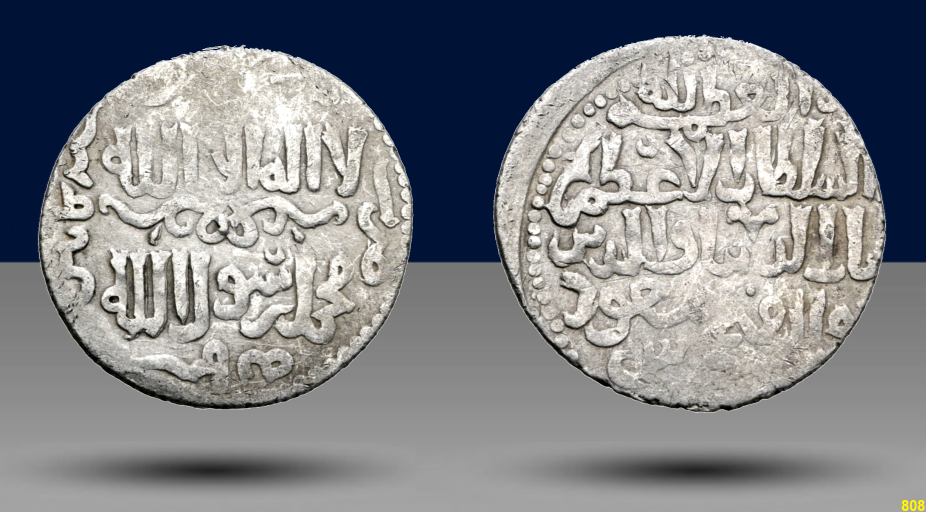 |
||
| In 699/700 the central and eastern portions of the Rum Seljuq kingdom were incorporated into the Ilkhanate, and local Seljuq coinage was suppressed except in those few far western districts where the Ilkhans exerted no influence. These far western regions were ruled by local beyliks who issued their coins in the name of the last Seljuqs. | |||
